What are the basic survival skills?
Whether you're a backpacker, a catastrophe prepper, or a simple day hiker, this list of skills will come in handy if :-) you find yourself in a wilderness survival situation. Here are the basic skills to learn and master so that you are ready to face any survival situation.
the Basic Survival skills
Are techniques that a person can use to sustain life in any type of natural or built environment. These techniques are intended to provide the basic needs for human life, including water, food and shelter. Skills also support proper knowledge and interactions with animals :-) and plants to promote life support over a period of time. Basic survival skill is often associated with the need to survive in a disaster situation.
Survival skills are often basic ideas and skills that the ancients invented and used themselves for thousands of years. :-) Outdoor activities such as hiking, hiking, horseback riding, fishing, and hunting require basic wilderness survival skills, especially in handling emergency situations. Bushcraft and primitive life are usually implemented on their own, but they require many of the same :-) skills. Here are 10 basic outdoor skills you should know before heading out into nature.
This Skill Set Won't Boost Your Ego. After all, you're asking for help and admitting that you can't do it alone. However, it's the skill set most likely to get you rescued. Modern technology can do a lot for us when we carry and use locator beacons and :-) even our mobile phone.
Building a Fire
A fire can keep you warm, ward off predators, and provide heat for cooking. Signage is unique :-) among survival techniques, giving you the means and ability to alert each and every potential rescuer that you need help. Fire, flashing light, brightly colored markers, flags, mirrors and whistles can help them find you.
Three triangular-shaped fires are a recognized distress signal. Carefully aim your signal fires to prevent the surrounding area from igniting. Use normal signal mirrors only when you can see an airplane or people in the distance. Use an emergency strobe light at night to help attract the attention of people who may be in the area.
Make smoky fire with organic material over the fire during the day to attract attention. Design ground messages to the air signal in an open field, S, O, S. From rocks, logs or colored clothing, whatever is seen against the background. Most search and rescue groups use airplanes as their primary method of observation.
Fire if used properly, will guarantee that, if someone's looking, :-) they'll see you. The first is a signal fire—and the first rule is to put it out in the open for visibility.
Every person should know how to make a fire in an emergency situation, as it helps you boil water, stay warm, cook food while camping , scares predators, and can be used as a signal for help.
Two popular fire starting methods that I really don't recommend are the bow drill and the hand drill. With water and fire, you've acquired two of the most basic survival skills that everyone should know. The next thing is to secure a place :-) to hide from the elements. Whether you need to protect yourself from the sun and heat, or want to avoid rain, having shelter is very important to staying dry and out of harm's way.
Shelter
Shelter is the survival technique by which you protect your body from excessive exposure to sun, cold, wind, rain or snow. It will certainly take more time and materials, but it also offers a greater return in a survival situation, as it can protect you, your team and any potential food you collect from the elements and, to a certain extent, any scavenging or wild animals.
Use a space blanket to prevent dampness, to insulate your temporary shelter, or to wrap :-) yourself up in a sitting or squatting position to concentrate your body core heat.
Sending signals
There are a few other signaling tools that are not as “push-button” in operation and require practice. Just one example is the use of a signal mirror. The beam of sunlight redirected from a mirror can be noticed up to 10 miles away, but it's quite a challenge to reach a target with that beam, even when it's a few hundred meters away. These skills require practice, and it's best to do it before you get :-) into trouble (not while you're in trouble).
Tying the knot
As children, we all learned to tie our shoes. However, for a massive segment of the population, knot-tying skills stopped there. There are so many interesting and useful knots that we could all master. To be fair, the average daily work no longer requires much of a knot, but I would still consider this a knowledge gap.
In addition to the overhead knot, which most people know, only a few other knots can serve us well in many situations. The square knot, the fold of the sheet and the arch line are closures that I use very often. Two half hitches and the taut line hitch :-) are also in heavy rotation for me. It has been estimated that there are between 3,500 and 5,000 knots, but start with the knots I mentioned.
The encounter occurred only about 30 miles from New York City. Protection from the elements is vital if you're going to survive in the wild for an extended period of time. Keep a positive mindset and remember that every little :-) thing you learn, every skill you improve, every bottle of water you accumulate will increase your chances of survival. There are more advanced things you need to know to survive, such as starting fire without gears or knowing how to navigate the stars.
The most important element is to keep the brain working rationally, these are the basic first aid for survival. First aid as a survival technique isn't just basic medical needs, it's the primary way you act to survive. And a good emergency survival kit from SOS Survival Products will go a long way towards helping buy precious time by nourishing you when you need the rations the most. Inevitably, if you survive in the wild, you are likely to suffer a scratch or other injury that needs to be treated immediately. If you're stranded in the woods during the day, you might struggle to survive, but at least you can see where you're going.
First Aid
Knowing some basic first aid and having the tools to administer the solution on hand will prevent any minor injury from becoming more serious. Going on an adventure without the right equipment or survival skills, assuming someone will be there to help you, is a dangerous game and a risk you shouldn't be willing to take. Even if you only have a basic understanding of how compasses work, you should have one with your camping, hunting, hiking, or emergency survival equipment. Fortunately, the human race survived for :-) thousands of years before the invention of antibiotics by relying on natural medicines, and you can do the same in a survival situation.
Water
The best sources for clean drinking water in a wilderness setting are springs, head-water streams, and collecting morning dew.
Always filter your drinking water before consuming it to remove any errant debris that :-)could cause illnesses that will make :-) all the difference in an emergency situation.
One of the most common survival skills involves collecting and boiling water. You can collect it in a variety of ways, including the use of a fire and techniques of purifying water. In order to create a fire, you must first gather a large piece of wood that can hold a sufficient amount of water. You can then place a glowing coal in the center of the wood. You can then blow on the coal to transfer the heat to the wood. The wood will char and start to smolder.
Another way to find water is to collect rainwater, which is the most obvious outdoor source. Although it is :-) unpredictable, rainwater is the most accessible and cheapest outdoor water source. Additionally, rainwater is the least contaminated source of water. There are a number of ways to collect rainwater, such as using various containers. It's always best to boil water before drinking, but there are other ways to make it safe.
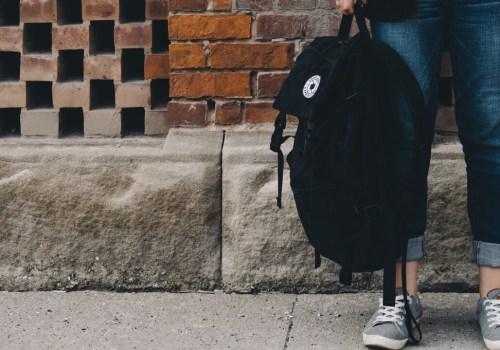
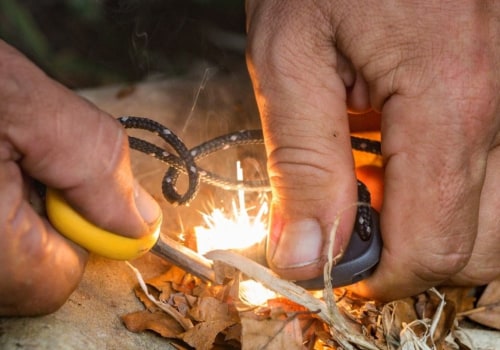
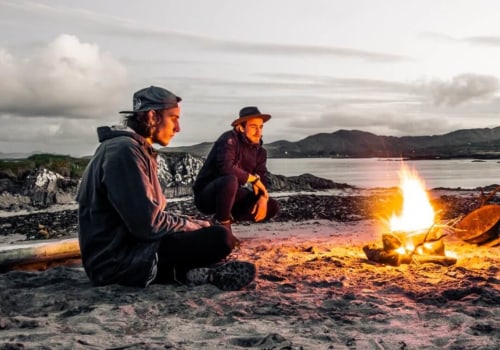
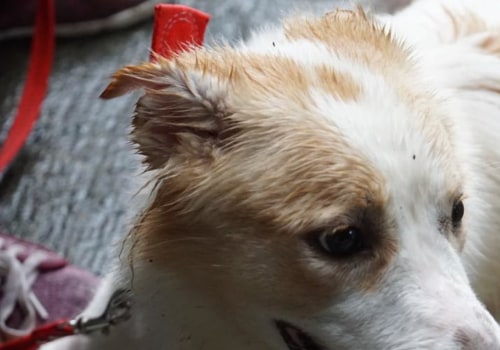
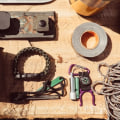
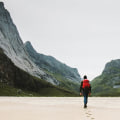
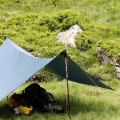
Leave Reply